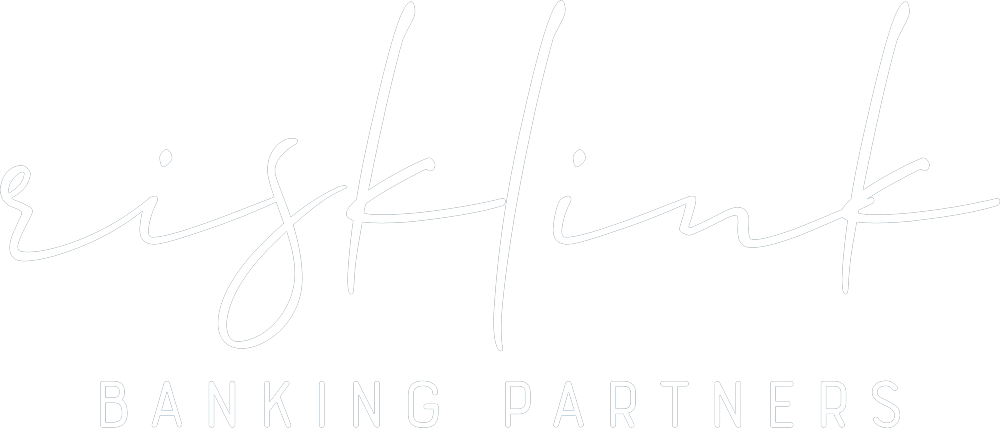The International Bank Account Number, commonly known as IBAN, is an internationally agreed system of identifying bank accounts across national borders. This system was originally adopted by the European Committee for Banking Standards (ECBS), and later as an international standard under ISO 13616:1997. It was created to facilitate and standardize the process of international money transfers, ensuring they are executed quickly, accurately, and securely.
What is an IBAN?
An IBAN is a unique identifier for a bank account that consists of up to 34 alphanumeric characters. These characters include a two-letter country code, two check digits, and a Basic Bank Account Number (BBAN). The BBAN format is decided by the country and can be of varying lengths and may include both letters and numbers. The structure of an IBAN is designed to ensure that international payments are processed smoothly and without errors.
How Does IBAN Work?
When a payment is made using an IBAN, the structure of the IBAN allows for the identification of the bank and the individual account to which the payment is being made. Here is a breakdown of an IBAN:
- Country Code: The first two letters represent the country where the bank account is held.
- Check Digits: The next two digits are check numbers that validate the entire IBAN for possible errors.
- BBAN: The remaining characters are a country-specific Basic Bank Account Number. This part includes the domestic bank account number, branch identifier, and potentially routing information.
For example, a UK IBAN might look like this: GB29 NWBK 6016 1331 9268 19. Here, ‘GB’ is the country code for the United Kingdom, ’29’ are the check digits, and ‘NWBK 6016 1331 9268 19’ is the BBAN.
Benefits of Using IBAN
Implementing the IBAN system brings numerous advantages to international banking:
- Accuracy: The standardized format reduces the risk of errors in cross-border transactions.
- Efficiency: Payments are processed faster and more efficiently as the IBAN contains all necessary information.
- Security: Enhanced accuracy reduces the chances of fraudulent transactions.
- Cost-effective: Reducing errors and processing time also reduces costs associated with international transfers.
How to Use IBAN for International Transactions
To make an international transaction using an IBAN, the sender must include the recipient’s IBAN along with the SWIFT/BIC code of the recipient’s bank. The SWIFT/BIC code is an international identifier for banks, ensuring that the payment reaches the correct bank in the right country.
For instance, if a company in Germany wants to pay a supplier in the UK, they would need the UK supplier’s IBAN and SWIFT/BIC code. This information is typically provided by the supplier on their invoice or request for payment. For businesses operating in high-risk industries, securing a reliable banking partner can be challenging. RiskLink offers tailored solutions for such businesses, including a High Risk Merchant Account UK.
Common Questions About IBAN
1. Is IBAN used globally?
While IBAN is widely used across Europe and many other parts of the world, some countries like the United States do not use IBANs. Instead, they have their own systems like the ABA routing number.
2. Can I use an IBAN for domestic transactions?
Yes, IBANs can be used for domestic transactions, especially in countries where IBAN has been adopted as the standard format for domestic bank accounts.
Conclusion
IBAN has significantly streamlined the process of international banking by providing a standardized method for identifying bank accounts across borders. It ensures that transactions are carried out accurately, efficiently, and securely. As more countries adopt the IBAN system, it continues to enhance the integrity and speed of global financial transactions. For businesses in high-risk sectors, compliance is crucial to maintaining banking relationships. Learn more about the importance of compliance in high-risk banking in our article on The Importance Of Compliance In High-Risk Banking.
For more detailed information about the IBAN system, you can refer to the European Committee for Banking Standards.






